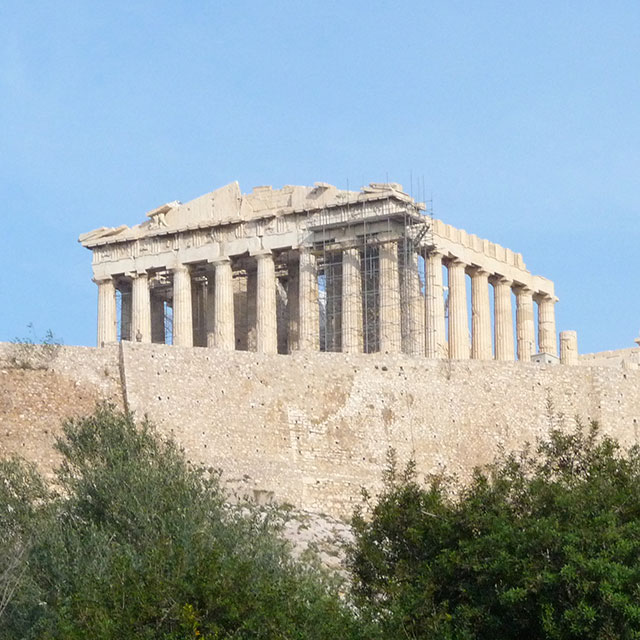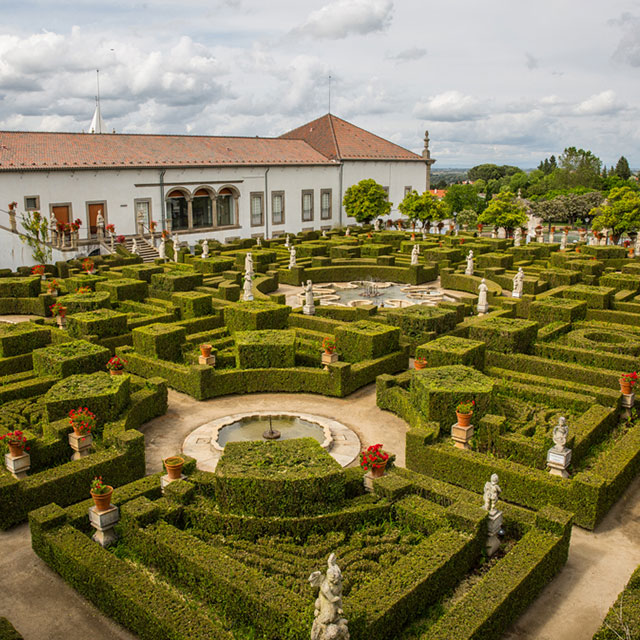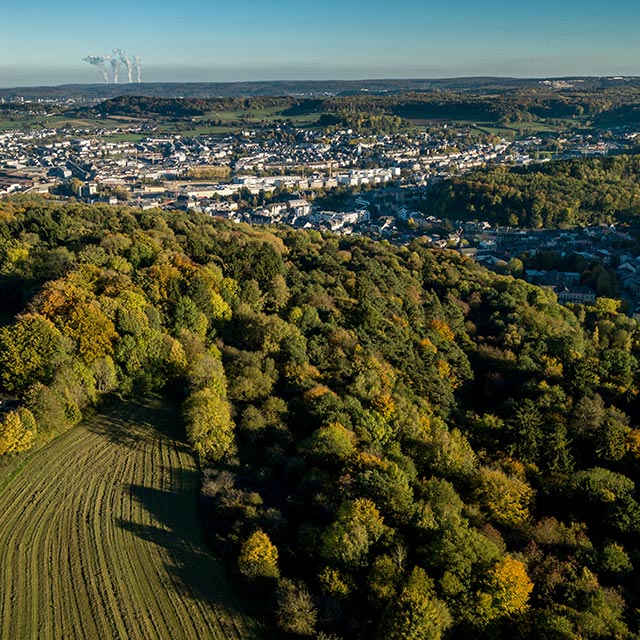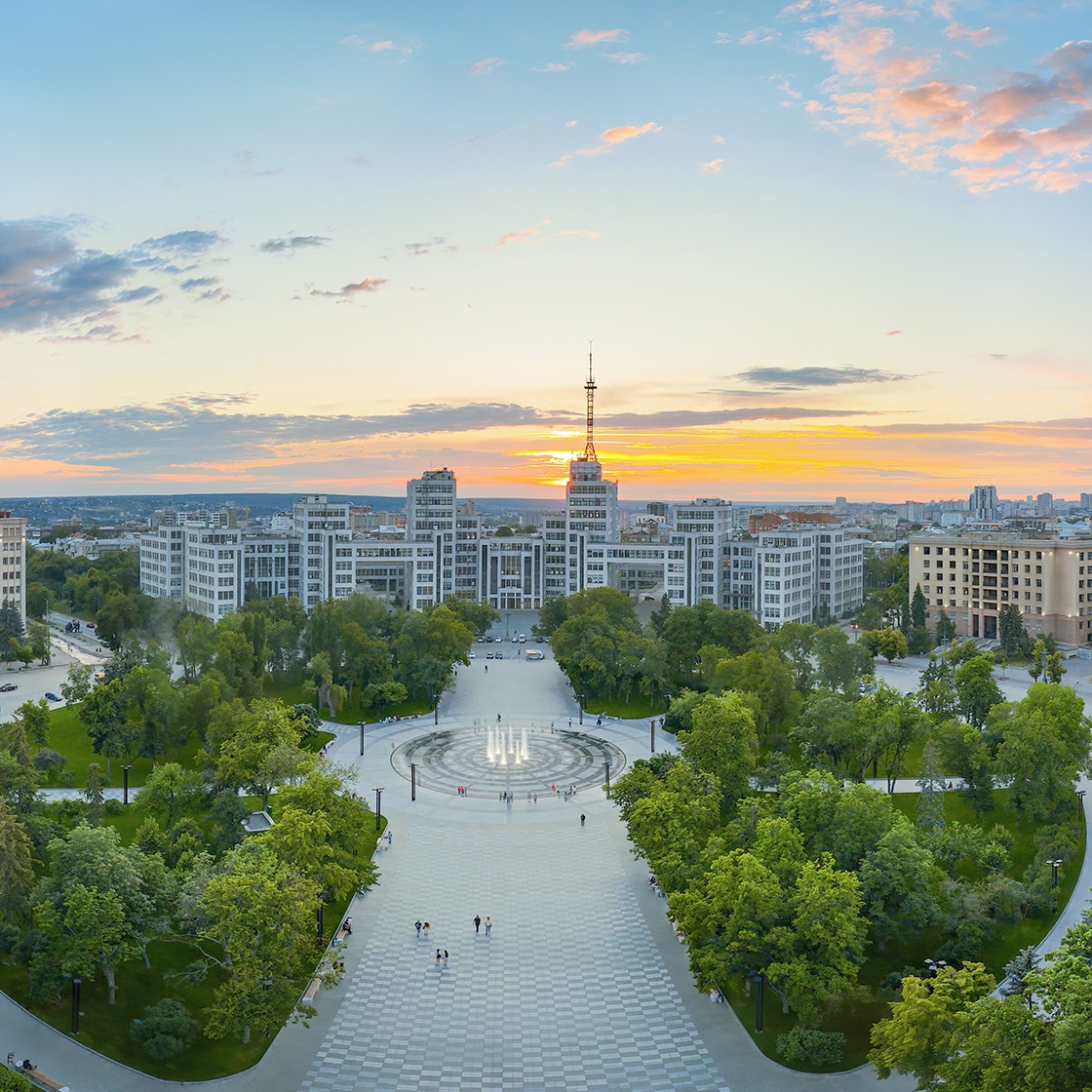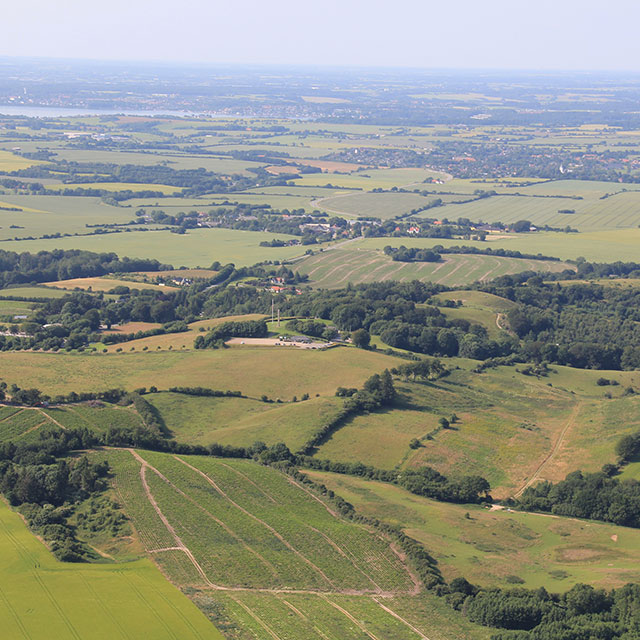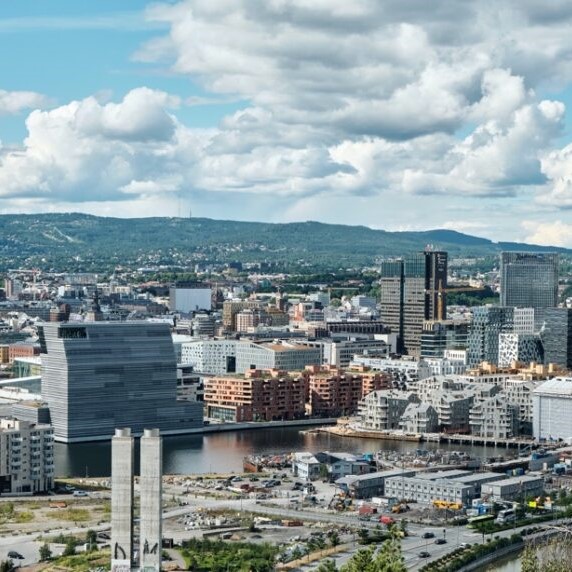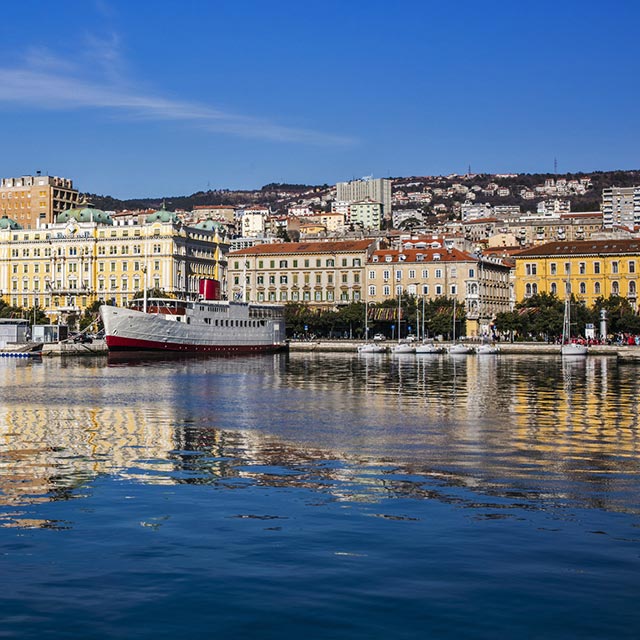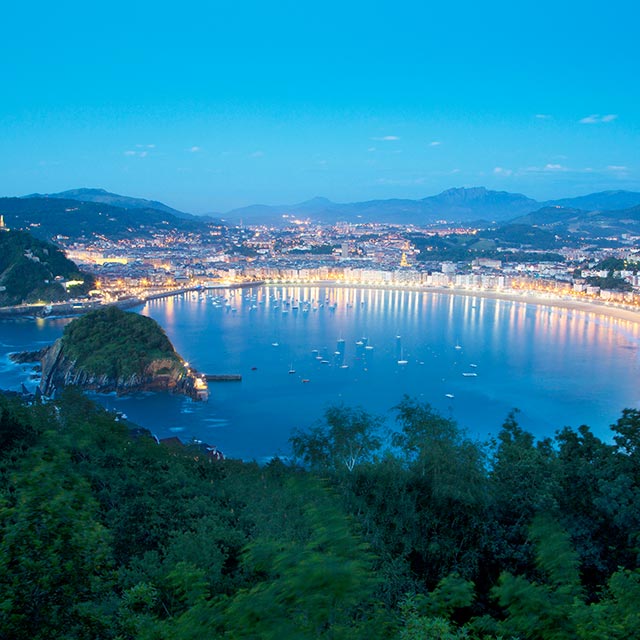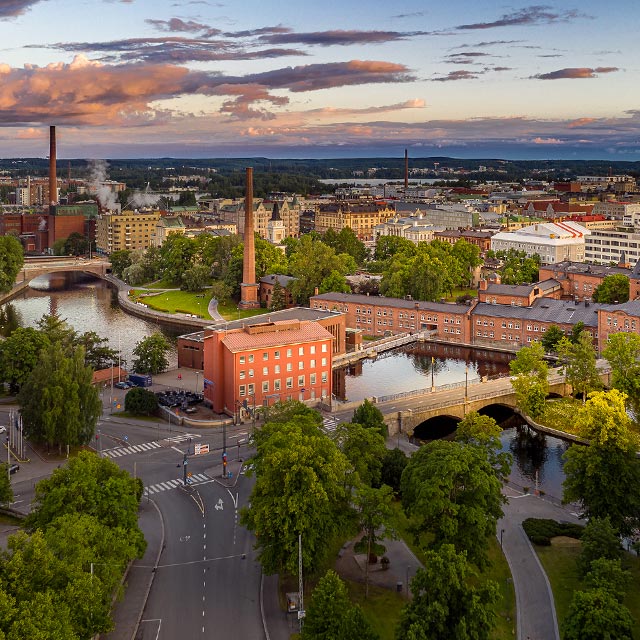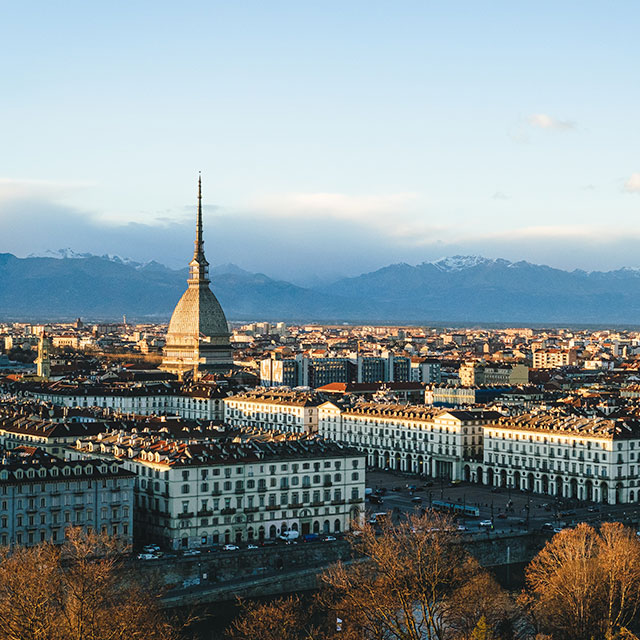FUSILLI brings together 12 cities in a knowledge sharing and learning community to jointly address the challenges of the food system transformation. The core ambition of these 12 cities is to overcome barriers regarding the development and the implementation of integrated, systemic food policies that support the transition towards sustainable food systems in urban, peri-urban and nearby rural areas.
As part of FUSILLI, the cities will be empowered to implement innovative and personalised policies and actions, placing citizens in the heart of the process. Each city will thus develop a Living Lab as an open innovation ecosystem with the objective to implement different innovative actions through all stages of the food chain, including production and processing, distribution and logistics, consumption, food loss and waste, as well as governance.
What is a Living Lab?
FUSILLI aims to make food systems in and around cities more sustainable. One of the main methods used to achieve this are Living Labs.
Living Labs are based on the idea that the important societal questions of our time can only be answered when different sectors work together: science, policy, industry and society. Living Labs are places of experimentation, where hypotheses can be tested. However, they are not situated in a sterile, isolated lab environment but in the real world where the user interacts with the topic of the living lab. For instance, if it is the goal to offer an environmentally-friendly selection of meals in canteens that is appealing to its daily visitors, the living lab would be installed in a canteen.
Living Labs are user-centered. This means that the canteen visitors in this example would not be observed by experts as research objects, but that they would be involved as active partners in the innovation process of co-creating a new selection of meals. This ensures that the result of the innovation process fits to the users’ needs.
A Living Lab can consist of many different smaller demonstration sites. In FUSILLI, most involved partners work on different aspects of the food system to achieve a truly systemic transition. Thus, one Living Lab can have separate small demonstration sites in different places or on various aspects of the food chain: production and processing, distribution, consumption, waste management and governance.
Living Labs are suitable to work on all steps of the innovation process: development of ideas, testing of prototypes and evaluation. As they are already situated in real-life settings, up-scaling solutions can be easier and quicker than with other innovation methods. In addition to that, these kind of solutions are easy to replicate in other surroundings. Therefore, local solutions developed in projects like FUSILLI are valuable resources for other cities both within the project and beyond.
The 12 cities where the FUSILLI Living Labs will be developed are:
